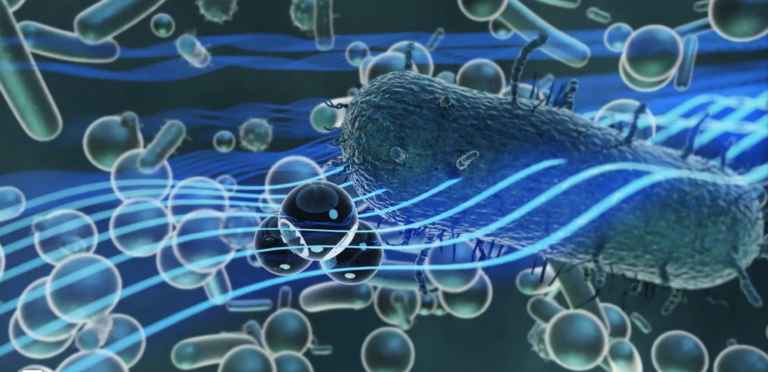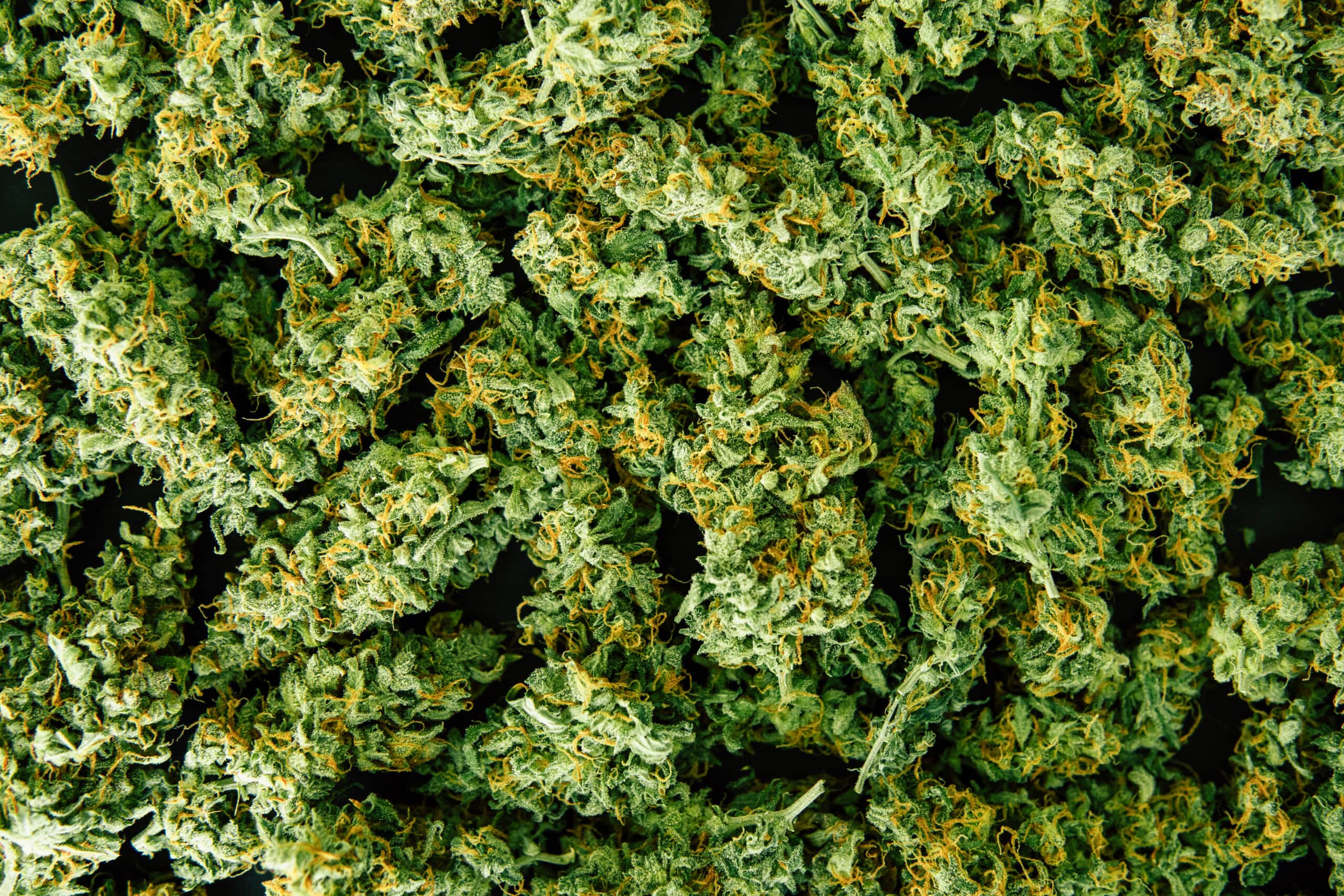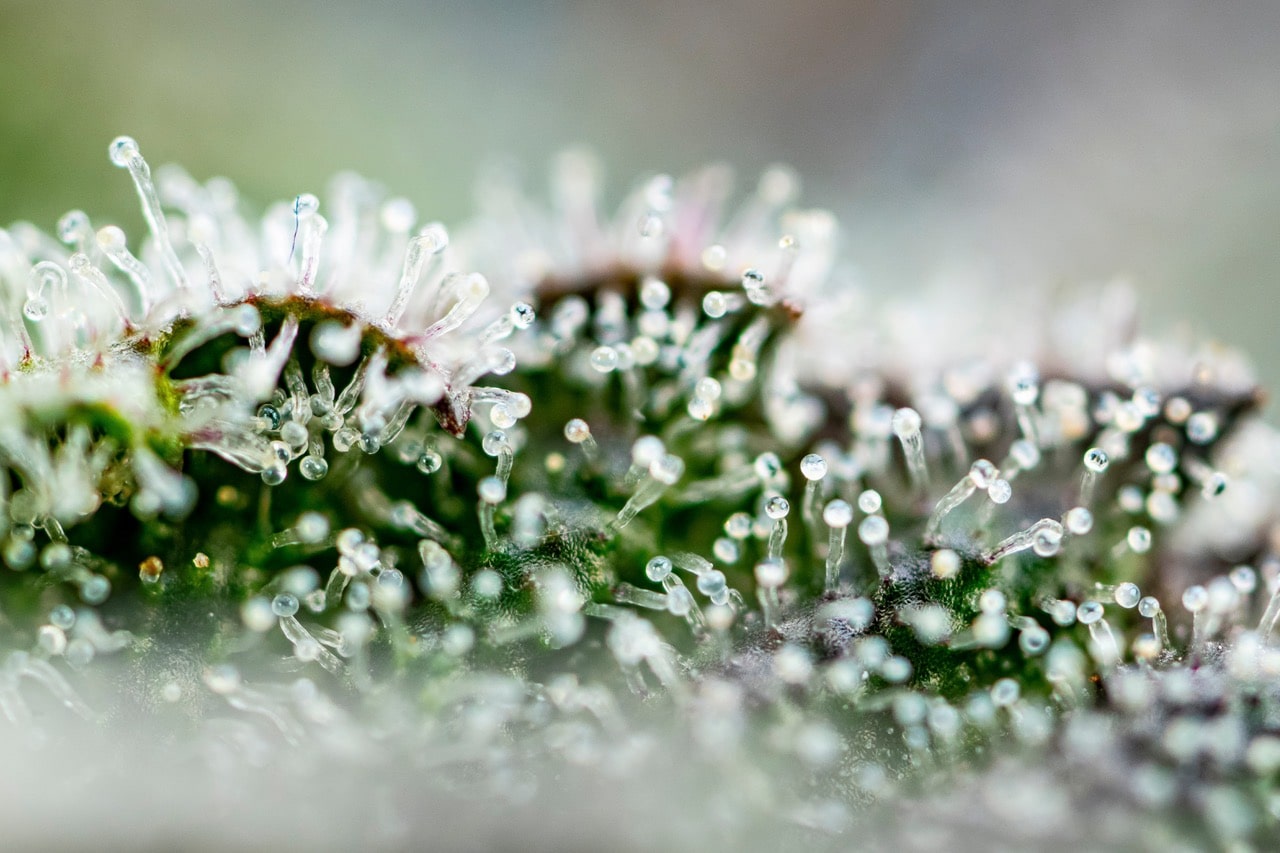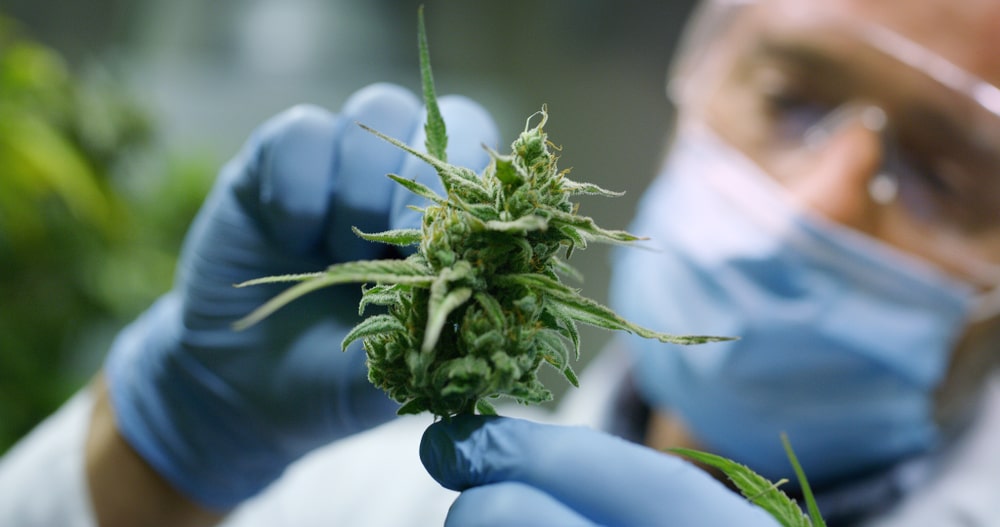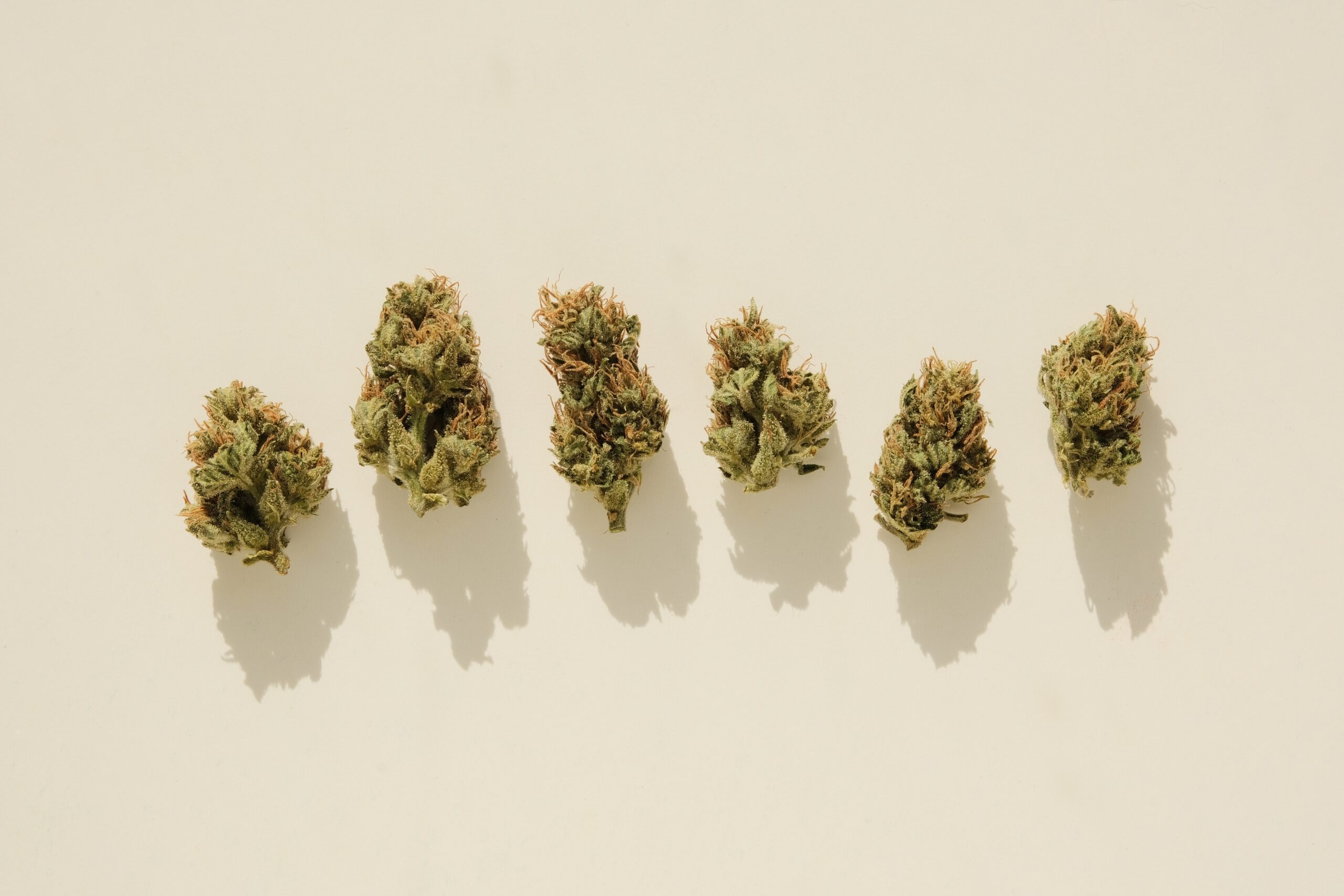What Is the Difference Between Ionizing and Non-Ionizing Radiation?
Non-Ionizing Radiation
Incorporating a microbial control solution into your SOPs is the only way to pass cannabis compliance with consistency. Choosing the right solution for your operation starts with understanding your options.
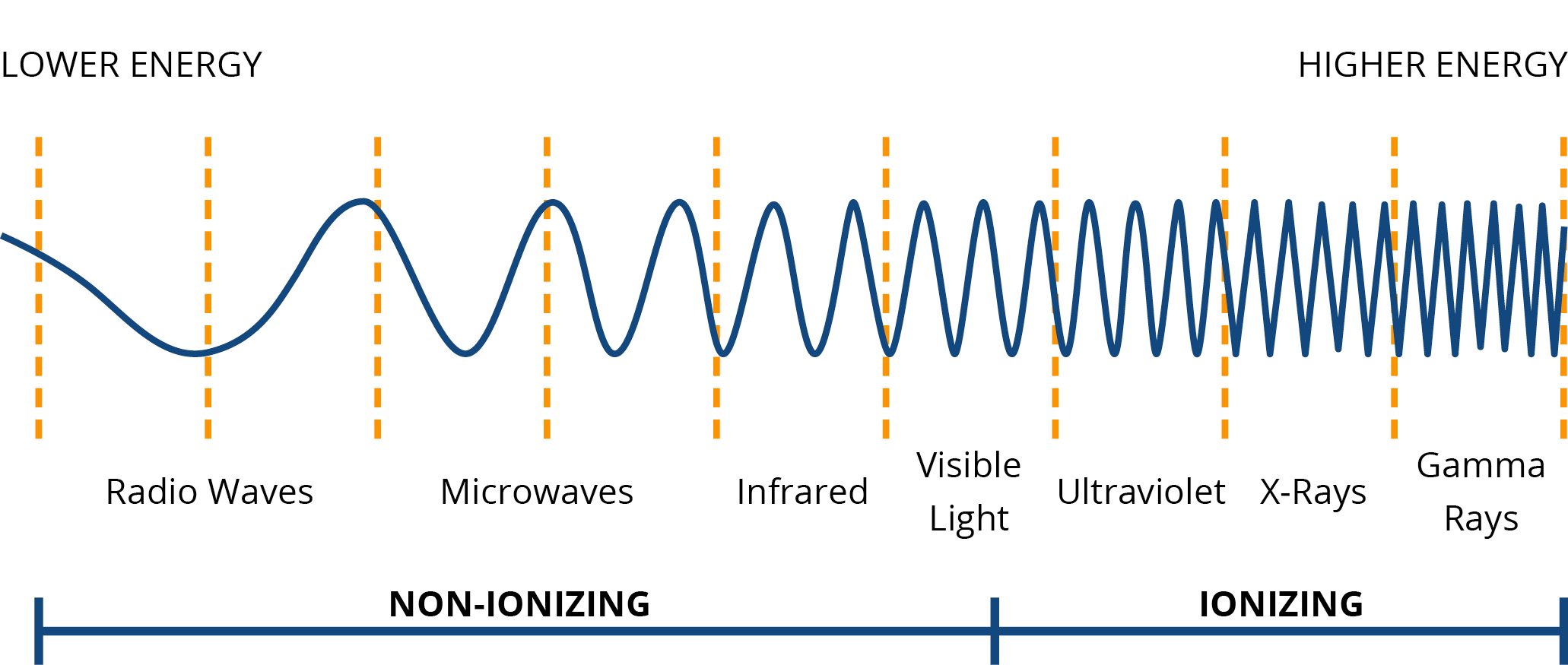

Gamma: High-energy photons penetrate deep into the flower, disrupting mold and pathogen DNA. Some evidence shows that enough DNA is left intact for those microbes to revive themselves.

E-beam: High-energy electrons penetrate the flower, though not as deeply as gamma treatment, so there’s no guarantee it eliminates pathogens within the core of the bud like Botrytis (bud rot).

X-ray: X-ray penetration depth and energy fall in between gamma and e-beam, leaving no guarantee the core of the bud is treated. Pathogens like Botrytis (bud rot) may still be an issue.

Radio Frequency (RF): Long, lower-energy waves reach the core of the bud, enveloping the flower in an electromagnetic field that treats it from the inside out, ensuring a clean product throughout.
Ionizing Radiation
Uses high-energy wavelengths to penetrate cannabis flower, killing mold and pathogen DNA while removing electrons from the atoms of the flower, essentially nullifying the flower’s natural integrity
Non-Ionizing Radiation
Uses longer, lower-energy wavelengths to penetrate cannabis flower, creating an oscillating electromagnetic field that causes moisture molecules to vibrate, in turn producing heat that kills mold and pathogens without changing the flower’s molecular structure
The Wave of the Future Is Non-Ionizing
Cannabis Compliance Regulators Agree
Forward-thinking operators are future-proofing their business with non-ionizing radiation solutions like Radio Frequency. RF has been used in other agricultural industries for decades and has already been approved for organic operations by the National Organic Program (NOP) and the USDA. It’s also the only microbial control solution that doesn’t require additional licensing and labeling for cannabis products exported to European and Canadian markets.
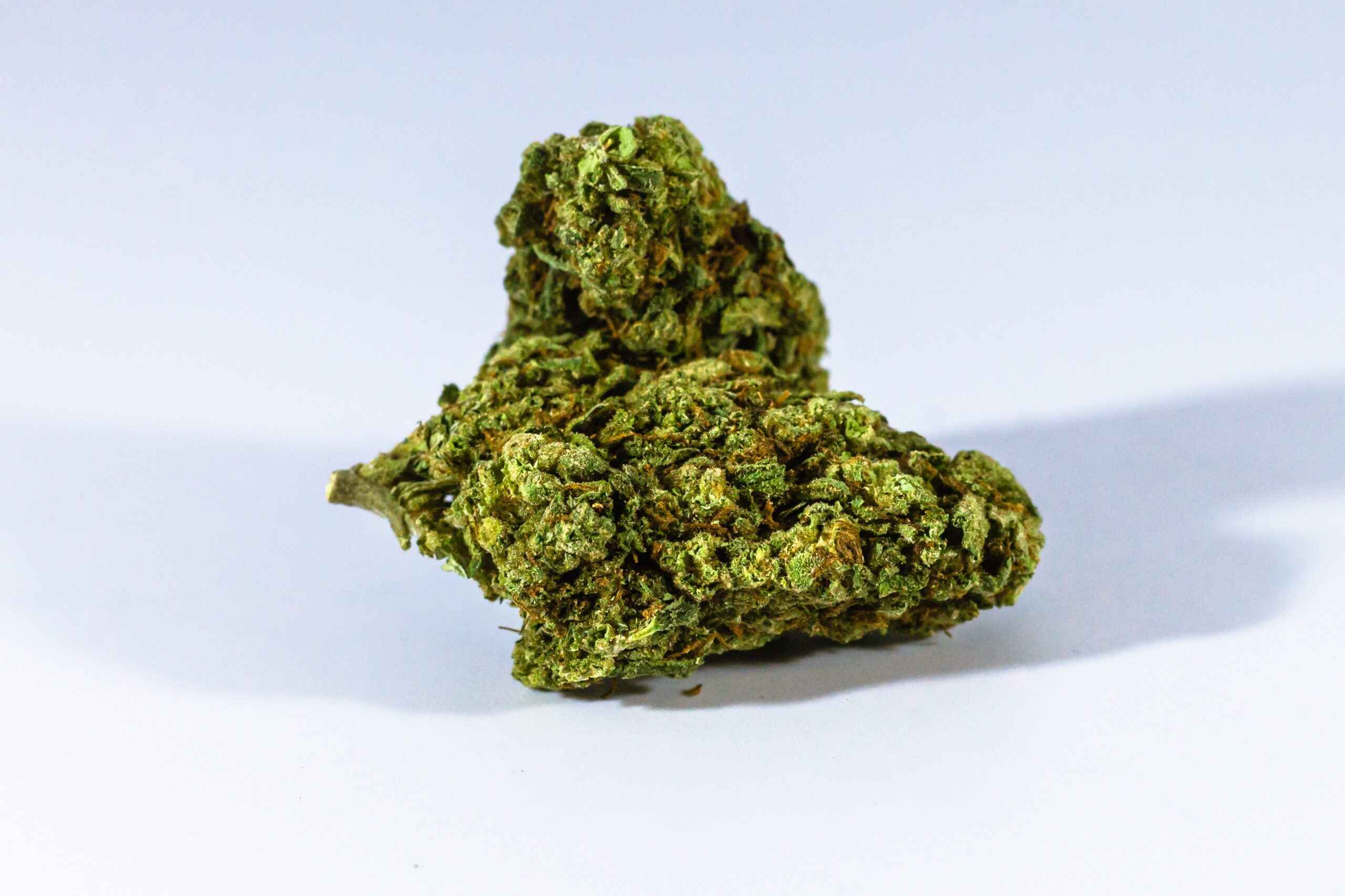
Ionizing vs Non-Ionizing Radiation Table
Any microbial control solution comes with an initial investment, but only non-ionizing radiation can be done on-site without additional equipment expenses or additional licensing and labeling.
| Cannabis Microbial Control Solutions | ||||
|---|---|---|---|---|
| Solution | Ziel’s Radio Frequency | E-Beam | Gamma | X-Ray |
| Done on-site | x | x | ||
| Doesn’t require additional equipment | x | |||
| >99.9% cannabis compliance pass rate | ||||
| Approved for “USDA Organic” label | x | x | x | |
| GMP and EU GMP Certified | x | x | x | |
| Financing Available | x | x | ||
| C |
|---|
| Radiation Type Key |
| Non-ionizing Radiation |
| Ionizing Radiation |
How Much Money Can Non-Ionizing Radiation Recover for Your Business?
When comparing the impacts of ionizing vs non-ionizing radiation on cannabis flower, non-ionizing radiation is the clear choice if you’re in this industry for the long haul.
But how much money can it recover for you right now?
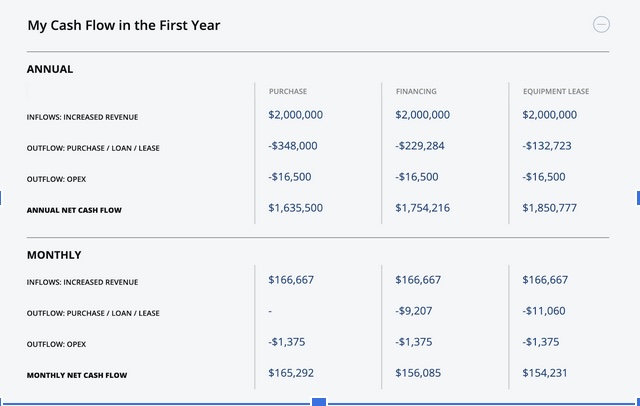
More Resources for Ionizing vs Non-Ionizing Radiation

Want Organic Cannabis? Operators Are Turning To This Tech To Save Millions And Get Certified
